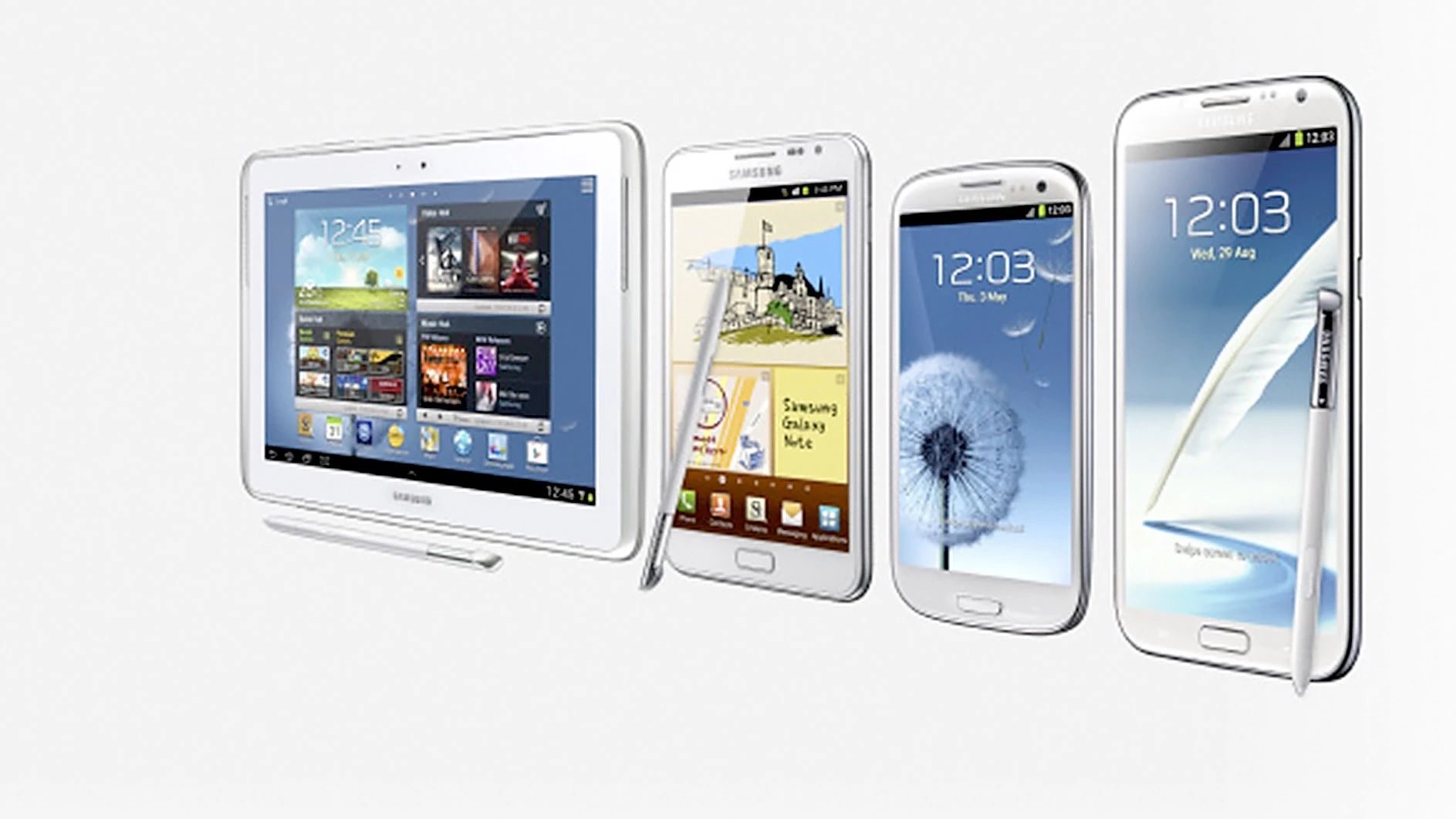Apple likes simplicity. It has a simple product line with simple brand names, simple designs and simple-to-use software. This obsession has served the company well. But there is one area where it could afford to have just a bit more complexity. I’m talking iPhone screen size. Apple’s rivals have shown that one size most definitely does not fit all. It’s time for Apple to join them and stop pretending that it does.
You might have caught a recent story from CNET, laying out yet another analyst’s Apple prediction. Brian White of Topeka Capital Markets had a meeting with someone in the supply chain, and he walked away confident that Apple is indeed shifting to multiple screen sizes for the next iPhone.
If his sources are legit, then I say “hooray.”
One size doesn't always fit all

Let’s be honest. The iPhone 5 looks piddly next to every recent high-end Android phone. Sure, you could say that Apple’s handset is still more comfortable to hold, and more easily slips into a pocket.
But that line is growing old. Spend five minutes with the Galaxy Note 2 and you’ll realize that huge screens can also have huge advantages. Not ready for a phablet? Fine, then snag a slightly smaller phone like the Galaxy S4, HTC One, or Nexus 4.
Bigger? Sure. Ridiculously uncomfortable to hold? Not for everyone.
Learning from Samsung

Apple isn’t dominating in quite the same way as it used to. Comscore tells us that Apple still sells the most smartphones in the U.S., but, on last check, Samsung was handily outselling Apple on the global market.
Apple is still profiting wildly, and is hardly in danger. But that doesn't mean Samsung isn't also doing something very, very right.
One of the things Samsung does is sell devices in every screen size imaginable. Sammy makes small smartphones, big smartphones, phablets, small tablets, large tablets – and anything in between. Call it the “throw every display size against the wall and see what sticks” method.
Apple would never muck up its product line by doing that. Samsung is “try everything,” Apple is “we secretly tried everything behind closed doors – and this is what we think is the best.” Different companies, different approaches.
But Apple can learn something from Samsung’s public experimentation. Namely, lots of people like big-ass smartphones.
The most important part

Back in 2010, when Steve Jobs was pitching the iPhone 4’s Retina Display, he gushed about a device’s display being the most important part. It’s the window into everything that you do. And he was right.
But this applies not just to crystal-clear resolution, but also to size. Humongous smartphones let you do so much more. The window into your virtual world of apps, games, and social networking is bigger. It’s easier to peek through. You can see more of it without incessant pinching and zooming.
So why doesn’t Apple just make the next iPhone five inches and call it a day? Because these big-ass smartphones aren’t for everyone. And that’s okay. People have different tastes, and Apple needs to stop pretending like there’s one answer for everyone.
iMacs come in multiple screen sizes. MacBooks do too. Hell, even the iPad now comes in two different sizes. It’s not as if Apple doesn’t get choice. It just hasn’t yet applied it to the iPhone.
Bring it on
So let’s get on with it, Apple. Bring on the multiple screen sizes. Not everyone wants an Apple phablet, but many do. Not everyone wants a 4.7-inch iPhone, but many do.Because you know what? Not everyone wants a 3.5-inch or 4-inch iPhone. That's nice that Apple decided for us that 3.5 and 4 inches are the best sizes for smartphones. Many potential customers beg to differ. And right now, they're taking their business to Samsung.
Make the move, Mr. Cook. You don't have to throw simplicity out the window. Nobody walks into an Apple Store, and leaves utterly confused by the choice of iPad or iPad mini. No, they're happy that they have a choice, and they ultimately make the one that's best for them.
It's quite simple, really.







